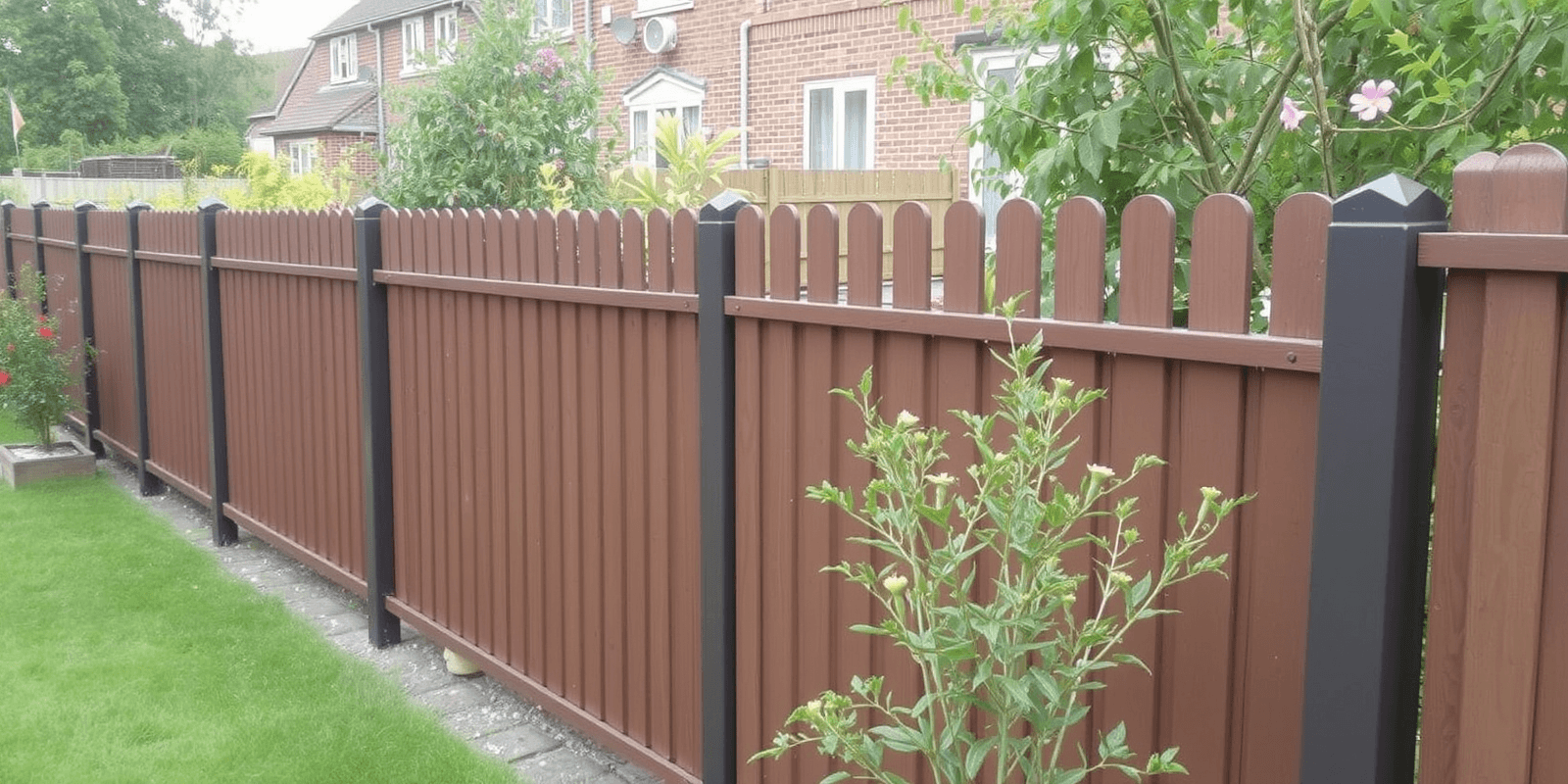WPC Composite Fencing for Garden
Introduction to WPC Composite Fencing
As environmental awareness increases, homeowners are seeking sustainable solutions for their outdoor spaces. One such solution is the use of WPC (Wood Plastic Composite) fencing. This innovative material combines the natural aesthetics of wood with the durability and low-maintenance properties of plastic. In this article, we will explore the numerous benefits of using WPC composite fencing in gardens, focusing on its low maintenance, longevity, and environmental impact.
Low Maintenance Benefits
One of the most appealing aspects of WPC composite fencing is its minimal upkeep requirements. Unlike traditional wooden fences, which require regular painting, staining, and sealing to protect against rot and decay, WPC fencing is inherently resistant to moisture, insects, and mildew. This means that once installed, it can withstand harsh weather conditions without deteriorating over time. Homeowners can enjoy their beautifully landscaped gardens without the constant need for repairs or replacements. According to a study published in the Journal of Building Materials, WPC materials have shown superior resistance to moisture-related damage compared to traditional wood (Smith et al., 2018).
Longevity of WPC Composite Fencing
The longevity of WPC composite fencing is another significant advantage. Because it is made from a blend of recycled wood fibers and high-density polyethylene (HDPE), it is not susceptible to the same issues as natural wood. It does not warp, splinter, or crack under normal weather conditions. This makes it a cost-effective option in the long run, as it requires less frequent replacement than traditional fencing materials. Furthermore, many manufacturers offer warranties of up to 25 years, underscoring the durability of these products. For instance, a report by the National Institute of Standards and Technology highlighted that WPC fences can last up to three times longer than conventional wooden fences (NIST, 2020).
Environmental Impact
From an environmental perspective, WPC composite fencing offers several advantages. Firstly, it is made from recycled materials, reducing waste in landfills. Secondly, the production process uses less energy and emits fewer greenhouse gases compared to manufacturing traditional wood fencing. Additionally, because WPC fencing does not require chemical treatments like preservatives or paints, it reduces the amount of harmful substances released into the environment. A study conducted by the University of California, Berkeley, found that the carbon footprint of WPC materials is significantly lower than that of traditional wood products (Jones & Brown, 2019).
Conclusion
WPC composite fencing represents a smart and sustainable choice for garden fencing. Its low maintenance, longevity, and positive environmental impact make it an attractive option for homeowners looking to enhance their outdoor spaces while contributing to sustainability efforts. As more people become aware of the benefits of WPC composite fencing, it is likely to become an increasingly popular choice in landscaping and home improvement projects.

